Roadmap
This document outlines the planned features, enhancements, and milestones for the RabbitHole framework. Our goal is to evolve RabbitHole into a comprehensive, robust, and easy-to-use platform for building and orchestrating AI agents.
This roadmap is a living document and will be updated as the project evolves and receives community feedback.
Phase 1: Core Framework & Extensibility (Current)
Section titled “Phase 1: Core Framework & Extensibility (Current)”This phase focuses on building a solid foundation and ensuring the framework is stable, extensible, and developer-friendly.
- Stable A2A Core: A robust implementation of the Agent-to-Agent communication protocol.
- Extensible Agent Architecture: A plug-in model for integrating agents from different providers (e.g., Google ADK, OpenAI).
- Comprehensive Documentation: Clear guides for users, contributors, and architects (
documentation.md,DEV-README.md,architecture.md). - Integrated Tooling: Built-in CLI and Streamlit UI for easy interaction and testing.
- Full Test Coverage: Increase unit and integration test coverage to ensure reliability.
Phase 2: Enhanced Agent Capabilities
Section titled “Phase 2: Enhanced Agent Capabilities”This phase is focused on making agents smarter and more capable by giving them access to tools and long-term memory.
-
🎯 Goal: Standardized Tool & Function Calling
- Description: Develop a universal interface within the framework for agents to declare and use external tools (e.g., APIs, databases, custom functions). This is crucial for building agents that can act on the world.
- Key Features:
- A standardized schema for defining tools.
- Automatic handling of tool-use requests and responses within the A2A protocol.
- Examples of agents using tools for tasks like web search or data retrieval.
-
🎯 Goal: Long-Term Memory Management
- Description: Provide built-in, pluggable solutions for agents to persist information across conversations.
- Key Features:
- Integrations with popular vector stores (e.g., ChromaDB, FAISS) for semantic memory.
- Simple key-value stores for short-term memory.
- An abstract
Memorybase class that developers can extend.
-
🎯 Goal: Human-in-the-Loop (HITL)
- Description: Implement checkpoints in agent execution where a human can review, approve, or redirect the agent’s plan. This is essential for building safe and reliable autonomous systems.
- Key Features:
- An API hook to pause a task and await external validation.
- Integration with the Streamlit UI to display pending actions and accept user input.
Phase 3: Multi-Agent Orchestration
Section titled “Phase 3: Multi-Agent Orchestration”This phase will elevate RabbitHole from a single-agent framework to a multi-agent system, enabling the creation of complex, collaborative agent workflows.
- 🎯 Goal: Agent Orchestration Engine (RabbitHole Conductor)
- Description: Introduce a new component, tentatively named the “Conductor,” responsible for managing workflows between multiple agents. This is analogous to systems like LangGraph.
- Key Features:
- Define workflows as graphs where nodes are agents and edges represent the flow of information.
- A “supervisor” agent that can route tasks to specialized agents.
- Support for parallel, sequential, and conditional execution of agent tasks.
Phase 4: Production & Ecosystem
Section titled “Phase 4: Production & Ecosystem”This phase is focused on making RabbitHole production-ready and fostering a strong community ecosystem.
-
🎯 Goal: Simplified Deployment & Monitoring
- Description: Provide tools and documentation for deploying RabbitHole agents at scale.
- Key Features:
- One-click deployment templates for cloud services (e.g., Google Cloud Run, AWS Lambda).
- Integration with observability tools like LangSmith for tracing and debugging.
-
🎯 Goal: Community Tool & Agent Hub
- Description: Create a centralized repository or registry where the community can share and discover pre-built agents, tools, and prompts.
- Key Features:
- A command-line interface to easily download and use community-contributed components.
- A public website showcasing available agents and tools.
-
🎯 Goal: Agent Evaluation & Benchmarking
- Description: Create a robust suite for evaluating agent performance on standardized tasks and datasets. This allows developers to measure the impact of changes to prompts, models, or tools.
- Key Features:
- A library of common benchmarks (e.g., web browsing, code generation).
- Metrics for tracking cost, latency, accuracy, and tool usage.
- Integration with
wandbor similar tools for logging and visualizing results.
Phase 5: User Experience & Accessibility
Section titled “Phase 5: User Experience & Accessibility”This phase is dedicated to making RabbitHole more powerful and accessible to a wider range of developers and users.
-
🎯 Goal: Advanced GUI / Playground
- Description: Develop a rich, web-based graphical interface for visually building, debugging, and managing agentic workflows.
- Key Features:
- A drag-and-drop interface for composing multi-agent graphs.
- Real-time visualization of agent state and message flow.
- An integrated prompt engineering environment.
-
🎯 Goal: Multi-Language Client SDKs
- Description: Broaden the framework’s reach by providing client SDKs for other popular programming languages.
- Key Features:
- A full-featured client SDK for JavaScript/TypeScript.
- Potentially a client SDK for Go or other languages based on community demand.
